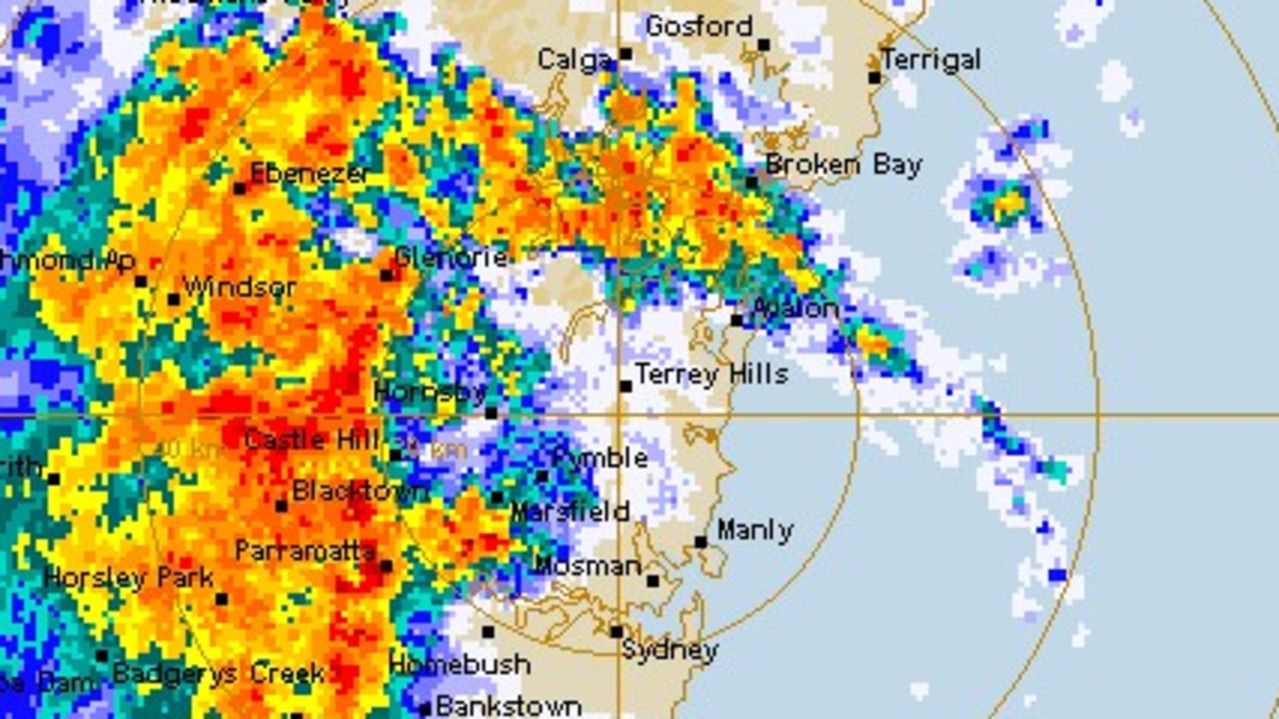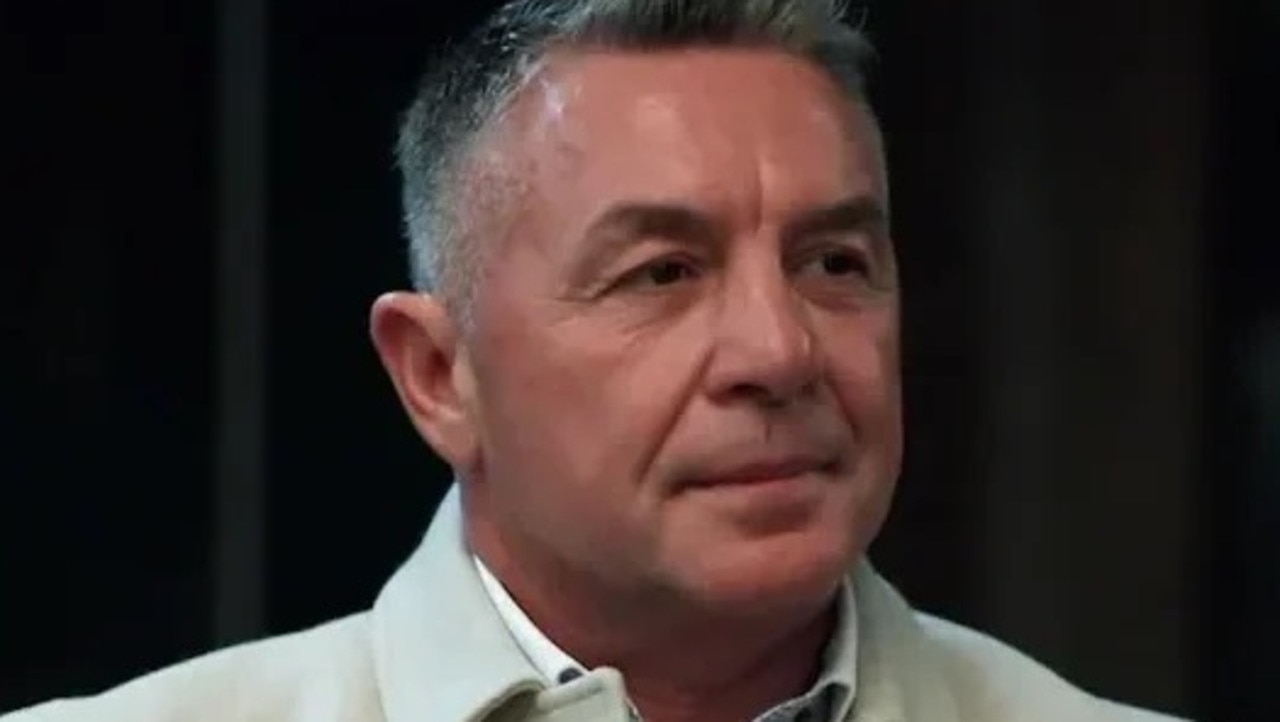Changing Gardening Trends to Support Native Wildlife in Australia
Many Australians are changing their gardening practices to support native wildlife, opting for native plants and creating water sources. This movement responds to rising threats to biodiversity.
It's no secret that many Aussies love their gardens and take great pride in maintaining them. However, the "traditional box hedges and roses" may be a thing of the past as more homeowners consider how they can contribute to boosting declining native wildlife populations.
Brendon Carrick, who runs the landscaping business Ecosystem Gardener, recently completed a four-week project in Nuriootpa, a town 80 kilometres from Adelaide. This project involved digging a large bond in a backyard that was 30 metres long. Within weeks, it has attracted an array of wildlife including dragonflies, damselflies, native bees, flocks of bird species, and three different types of frogs.
"Offering fresh water in the summer is a huge asset to wildlife," he explained. "I'm incorporating a bunch of native and endemic plants from the region into the project to entice local wildlife... it's creating a food chain for wildlife."
It's not just residents in rural areas who are engaging in this type of landscaping; some urban dwellers are also adapting their small outdoor areas for wildlife. "I've done projects in little courtyards no bigger than a couple of square metres... you still get lots of wildlife engagement," Carrick noted.
Over 1,900 native species are currently threatened or at risk of extinction, including birds, turtles, and many mammals like the mountain pygmy-possum. The number of Aussie animals listed as threatened increased by eight per cent in 2021 compared to five years earlier, with the situation continuing to worsen, according to the Australian State of the Environment.
This "growing trend" of residents adapting their outdoor areas to be more hospitable for wildlife correlates with these alarming statistics. Gardeners across the nation assert that the choice of native plants over introduced or invasive species significantly impacts local biodiversity.
Jarryd Kelly, Curator Manager for the Royal Botanic Garden Sydney, advised that incorporating natives such as Echinacea, commonly known as the coneflower, can greatly benefit local wildlife. "People often put them in their garden for that specific reason," he explained. "They are used quite heavily to attract pollinators."
Carrick echoed this sentiment, stating that "planting native plants, creating water sources like birdbaths or ponds... and avoiding pesticides" can greatly support wildlife. "There seems to be a new movement of being aware of wildlife and creating different habitats in your garden... many of our native species are declining due to increased development," he said.








